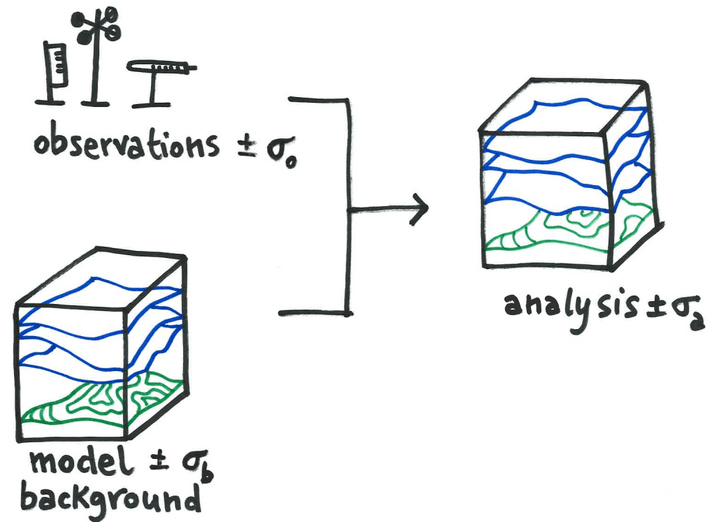TWIGA Aftermovie

The TWIGA Final Conference was held on 11 and 12 July as a hybrid event in De Oude Bibliotheek in Delft, the Netherlands, and online. The event gathered on both days 27 participants
InfoSequia is now part of the TWIGA portal, a platform that brings together multiple geoclimatic services in Africa

InfoSequia is the Drought Early Warning and Forecasting System developed by FutureWater to support the decision-making and risk management of drought impacts. InfoSequia rests on an advanced cloud computing and geoprocessing architecture able to effectively integrate large volumes of data from satellite, reanalysis, and ground-observation networks, with machine learning techniques to generate local-tailored seasonal outlooks […]
What does Project Coordination by the Innovation & Impact Centre of TU Delft entail?

Besides education and research, technology transfer is the third core task of Dutch universities. Constructive multi-party collaborations are an essential aspect to help accelerate innovations. The Innovation & Impact Centre (I&IC) of the Delft University of Technology (TU Delft) supports the transfer and application of knowledge for the benefit of the economy and society by […]
Newly Developed Farm Extension Service Launched: MapYourCrop

FutureWater, with TWIGA project partners HiView, Hydrologic and UFZ Helmholtz, have developed the farm extension service ‘MapYourCrop’. The MapYourCrop service uses drones, or flying sensors, to collect crop information with an unprecedented level of detail. What makes MapYourCrop unique is that flying sensor data is enriched with detailed crop status information collected by the smartphone […]
GNSS DEPLOYMENT IN UGANDA

Objective 4 of the TWIGA project aims to Improve predictability and assessment of African rainfall by mapping perceptible water vapour and tracking convective storm systems. The main reason behind the poor prediction skills of present rainfall forecasts in Africa is the lack of knowledge of precipitable water vapour (PWV) in the atmosphere. If one does […]
How water vapour observations enter in the heavy rain phenomena prediction “machinery”.

Weather predictions are challenging under many aspects. Nowadays, we have numerical weather prediction models (NWP), which are complex software able to solve mathematical equations by exploiting high-performance computers. The NWP equations describe how some atmospheric variables, like pressure and temperature, change in time and space. By looking at the evolution of those variables in the […]
HOW TWIGA DATA HELPS FARMERS IN KENYA & GHANA

Within TWIGA we work closely with local communities and farmers for which we aim to provide data and model output (information) that can assist them for farming or marketing. Training new farmers and launching our VegMon App in more countries is currently challenging. Yet, with the help of our test users and farmers in Ghana […]
Combining Sentinel-1 and -2 With In-Situ Data to provide Time Series of Soil Moisture Maps at Regional Scale in Ghana

Sub-Saharian African agriculture is perceived as a high-risk activity as is mainly rainfall-dependent and climate variability are increasing. Within the framework of the EU Horizon2020 funded TWIGA project, together Starlab Space and TAHMO intend to contribute to reducing uncertainties related to climatic information by providing improved estimates of surface soil moisture. Accurate risk-related information is […]
HOW COVID-19 IS AFFECTING TAHMO’s WORK IN KENYA

With the global COVID-19 pandemic, activities have been highly slowed down. However, Victor in Kenya is trying to keep things moving. Being a field engineer, it is a bit complicated for him to work from home, but during this pandemic he adjusts and find ways to ensure that field activities do not stop completely especially […]

